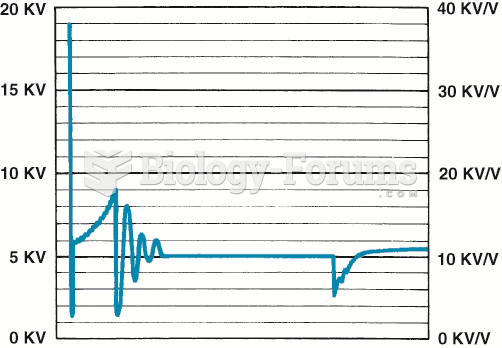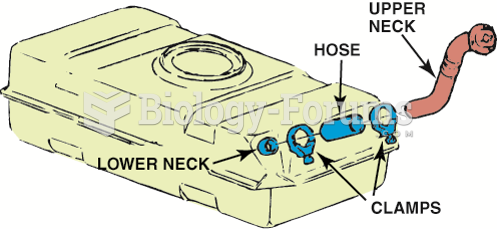Answer to Question 1
The most commonly advanced reason that criminal courts do not administer justice according to the textbook image is assembly-line justice. Not only judges but also prosecutors, defense attorneys, and probation officers are in short supply. The deluge of cases is reflected in every aspect of the courts' work, from overcrowded corridors and courtrooms to the long calendars that judges, prosecutors, and defense attorneys face each day. The court system remains grossly underfunded and understaffed today (Broccolina and Zorza 2008). The strengths of the explanation. The assembly-line justice explanation highlights some important features of the contemporary courthouse.
Because of the large volume of cases, overworked officials are often more interested in moving the steady stream of cases than in individually weighing each case on the scales of justice. Particularly in large cities, tremendous pressures exist to move cases and keep the docket current lest the backlog becomes worse and delays increase. Law on the books suggests a justice process with unlimited resources, whereas law in action stresses an administrative process geared toward disposing of a large volume of cases.
To cope with large caseloads, prosecutors, defense attorneys, and judges often apply several mass-production techniques such as specialization. Another mass-production technique is group processing. During the initial appearance, felony defendants are often advised of their rights in one large group rather than individually. In the lower courts, sentences are often fixed on the basis of the defendant's membership in a given class rather than detailed consideration of the individual case. Weaknesses of the explanation. This orthodox explanation stresses that excessive caseloads are a modern problem. However, American courts have been faced with caseload pressures for more than a century. Plea bargaining predates any of the modern problems of the courthouse. The historical evidence must be ignored if one tries to explain how justice is administered in the courthouse simply in terms of too many cases resulting from the growth of big cities. Emphasizing excessive caseloads also fails to consider the types of cases trial courts must decide. Most trial court cases present no disputed questions of law or fact. Rather, most case dispositions reflect routine administration requiring only processing or approving. Most cases end with a plea of guilty not because the courthouse has too many cases but because the courts are confronted routine cases where the only major decision necessary is the sentence to be imposed. Cases studies clearly suggest that the criminal court process cannot be understood solely on the basis of excessive caseloads, because such an explanation omits too many important considerationsmost especially organizational relationships and local legal culture (Heumann 1975; Lynch 1994; Nardulli 1979; Roach-Anleu 2000).
Answer to Question 2
True







